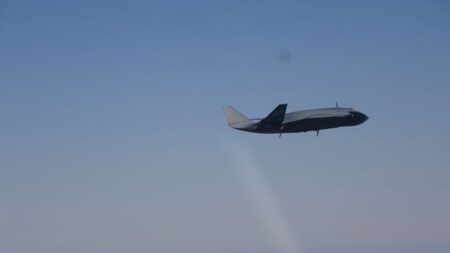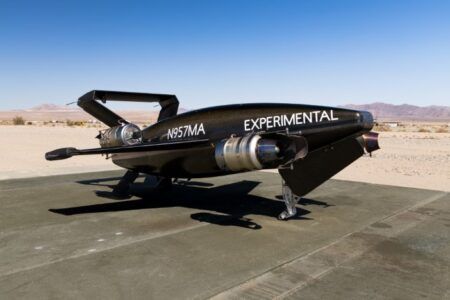The manufacturer of a drone used in a university experiment to demonstrate the damage drone strikes can do to commercial aircraft has demanded a video of the experiment captured and shared online be taken down and the research withdrawn.
The research and video of the experiment carried out by the Impact Physics group at the University of Dayton Research Institute (URDI) have been widely shared online around the world. The video shows a DJI Phantom 2 quadcopter crashing into the wing of a Mooney M20 aircraft. The drone tears open the wing as it impacts, damaging its main spar.
Kevin Poorman, the lead researcher on the project and group leader for impact physics at UDRI, has also said that he believes it is “only a matter of time” before a drone strike causes significant damage to a manned aircraft, and calls for more research into drone strikes.
Last week DJI released a statement and sent a letter to Poorman, disputing the validity and questioning the purpose of the research. According to DJI, UDRI “staged its video to create a scenario inconceivable in real life, at a higher speed than the combined maximum speed of the drone and airplane”.
It also accuses the university of creating and promoting “a video that falsely claims to depict a dangerous condition posed by one of our products” and of making “public comments [that] deliberately present an entirely improbable, if not impossible, event as a commonplace risk routinely faced by airplane pilots”.
The statement and letter represents a change of tact for the Chinese drone manufacturer, which has previously been reported as describing the impact in the video as a “very rare worst case perfect hit”. The same article in USA Today also describes an incident in which a DJI drone collided with a helicopter mid-flight and the damage done.
URDI has responded by issuing a statement that says the research was designed to compare the effect of a bird strike and drone strike on a commercial aircraft, and reflects the relative combined speed of a drone and aircraft traveling toward each other.
The statement says: “The research performed by the University of Dayton Research Institute used a drone similar in weight to many hobby drones and a wing selected to represent a leading-edge structure of a commercial transport aircraft.
“The drone and gel bird were the same weight and were launched at rates designed to reflect the relative combined speed of a drone traveling toward a commercial transport aircraft moving at a high approach speed.
“Our news release has been amended to reflect this. There are currently no FAA-defined collision test parameters for drone strike testing.
“We plan to perform additional tests using varying drone weights and different structures as targets, and we would welcome the opportunity to partner with members of the manned and unmanned aviation communities in future testing.”
The letter and statement from DJI can be read in their entirety here.




